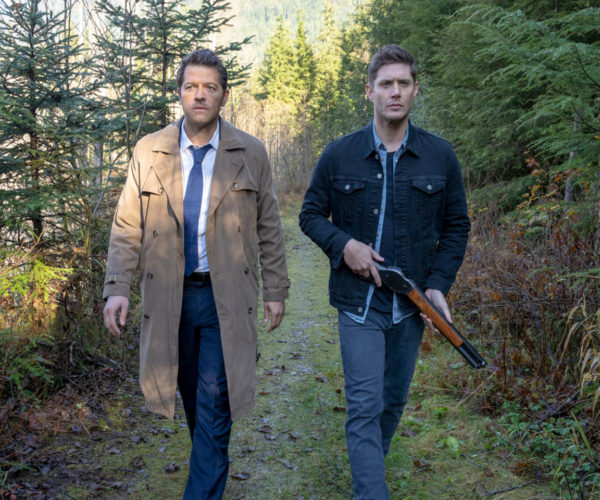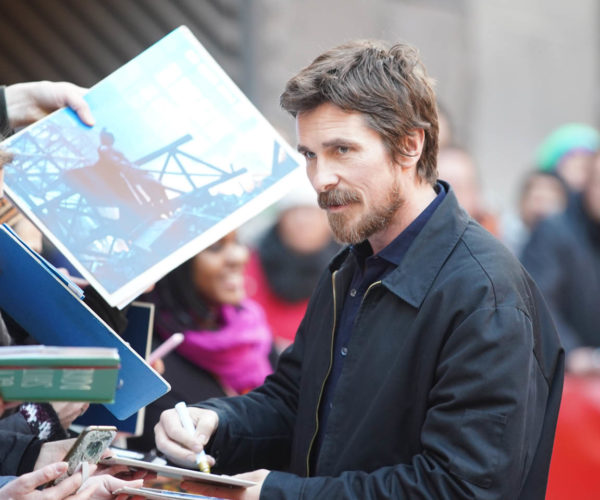The Mandalorian was derivative of so many genres and tropes, and some viewers gave the series flack for this fact. Not me. I loved that it mixed elements of classic sci-fi with western and samurai standards. The series was equal parts Star Wars, Seven Samurai and Red River, and it was beautiful.
Seriously, that Seven Samurai thing? Wandering outcasts defend a poor village from barbarians. This is the plot of Kurosawa’s classic, and it was the plot to The Mandalorian‘s “Sanctuary” episode.
I used to be obsessed with westerns. I watched films within its catalog every weekend with family and friends, and I did some hobby-level reading about its marquee creators. One of them was Howard Hawks, a man who also directed the amazing, albeit decidedly not western, His Girl Friday. Hawks made a lot of wonderful films, and a lot of them contained what became known as the “Hawksian woman,” one of my favorite western tropes.
David Boxwell, as cited on Wikipedia, sums up the Hawksian woman perfectly.
The Hawksian woman plays across general female role expectations for the setting, defining herself and her choices and leading action. This albeit on masculine terms as denoted by being known, like the male protagonists, by nickname rather than forename. This makes the Hawksian woman especially different from other female archetypes of the time, in that she is considered “one of the gang” rather than an object of sexual desire. (1)
If you’ve watched the show, then you probably know who espouses this trope in The Mandalorian. It’s the character Cara Dune, played by Gina Carano, and she’s a really great representation of the Hawksian woman. Her name is actually Carasynthia Dune, and that makes “Cara” her nickname, just like our boy Boxwell described above.

Of course, the Hawksian woman trope isn’t without its criticism today. While it seems feminist on the surface by placing a non-sexualized woman in a position of power among “the rest of the gang,” it’s problematic. In westerns and even His Girl Friday, the Hawksian woman is special because she exhibits masculine traits, not necessarily because she’s strong and just so happens to be female. It’s the punchline to a joke, and it has a home in classic Hollywood cinema.
And that’s why The Mandalorian does it well with Cara Dune. Most female characters who get screentime in this show, a tale with an admittedly small central cast, are strong. Whether it’s Cara Dune or the badass Mandalorian armorer, The Mandalorian does it well.
Hopefully, the show’s second season packs in unique takes on classic genre tropes, too. I’ll be watching.
- Boxwell, David (May 2002). “Howard Hawks”. Senses of Cinema. Archived from the original on July 4, 2009. Retrieved September 16, 2009.































